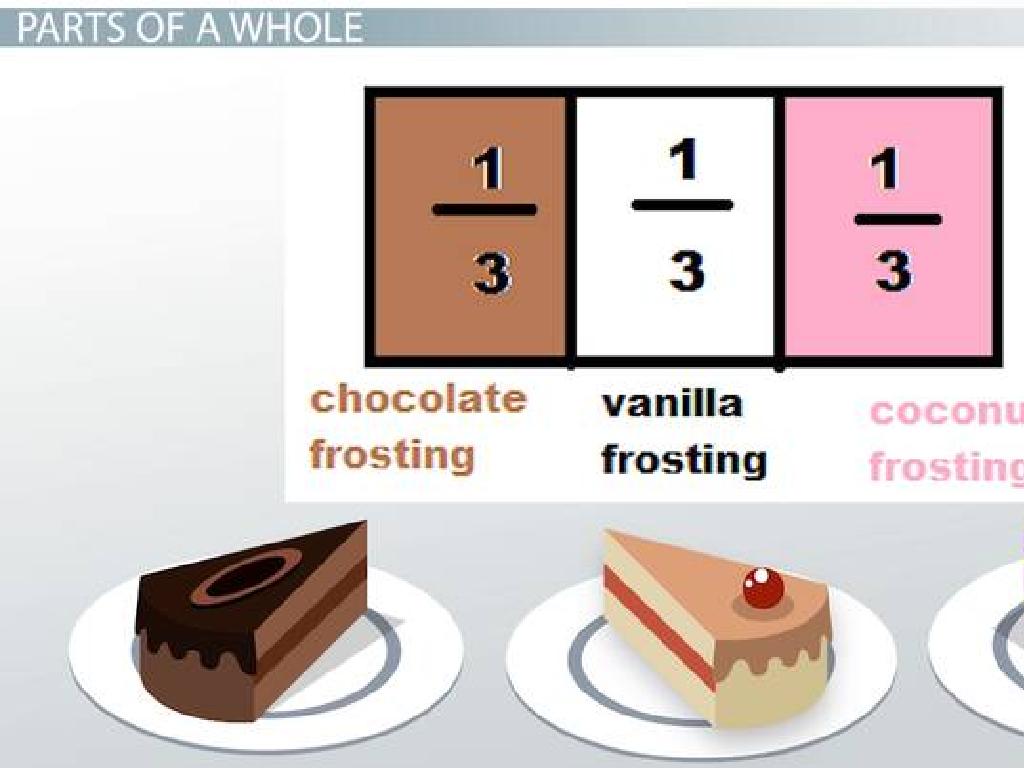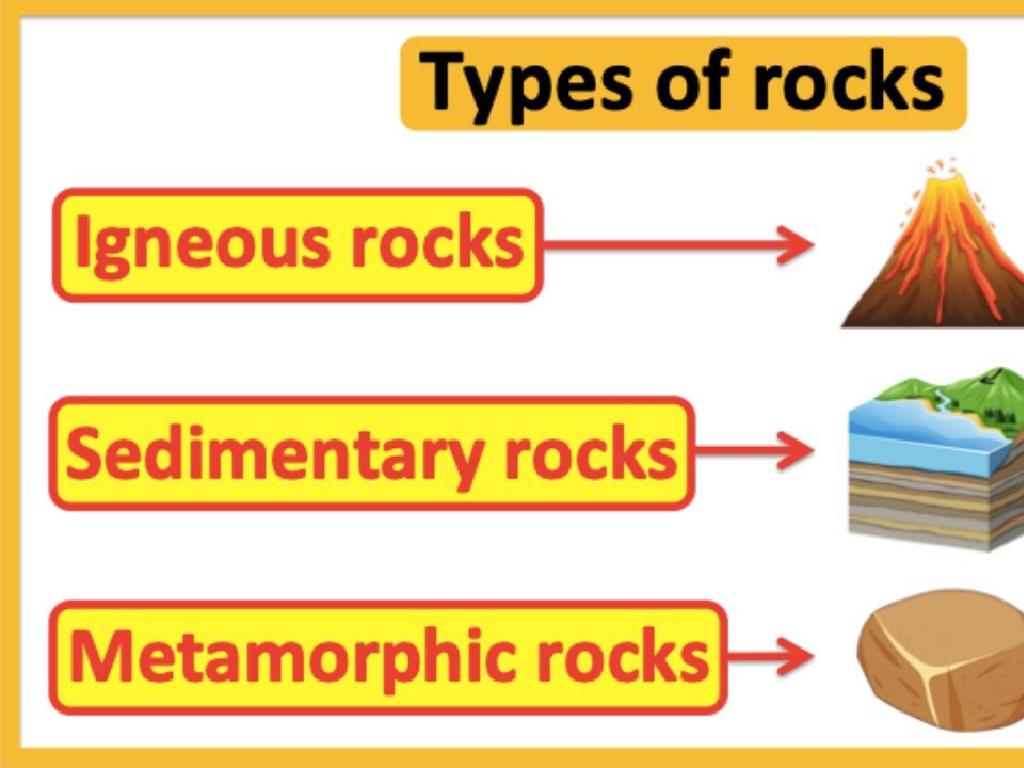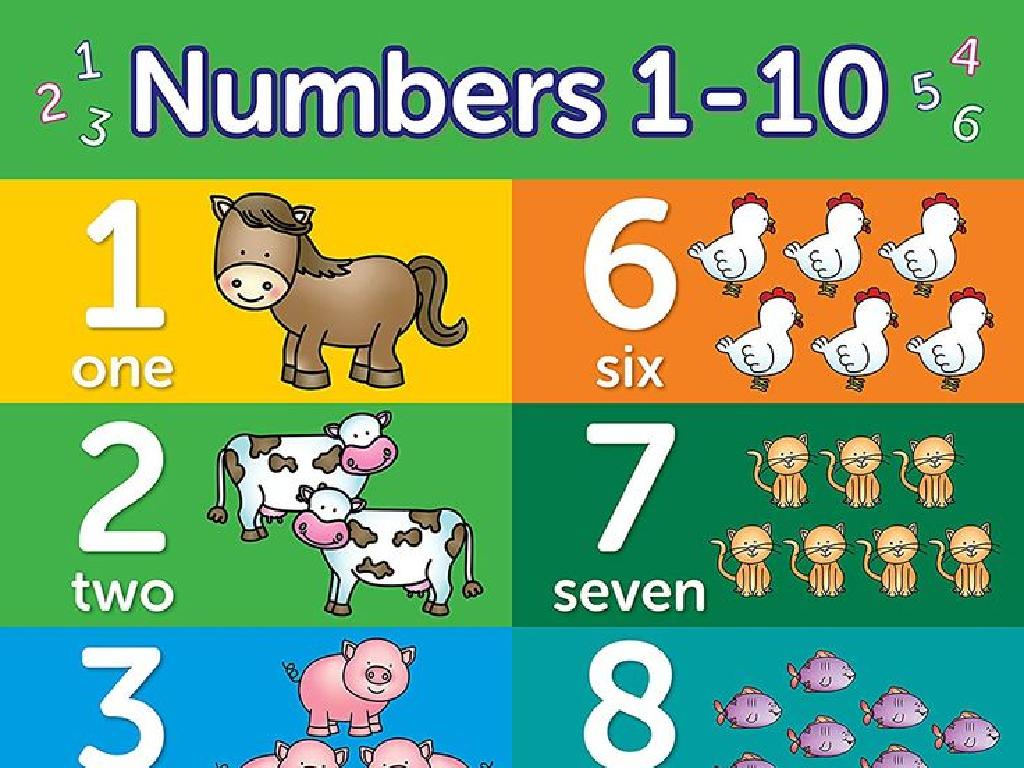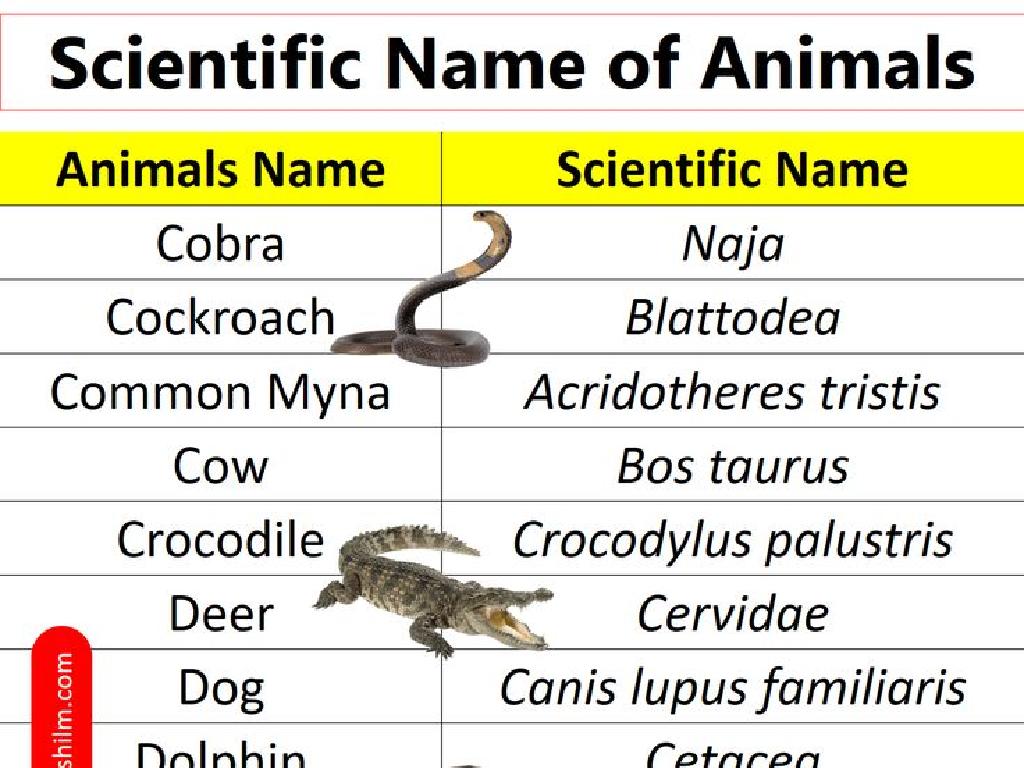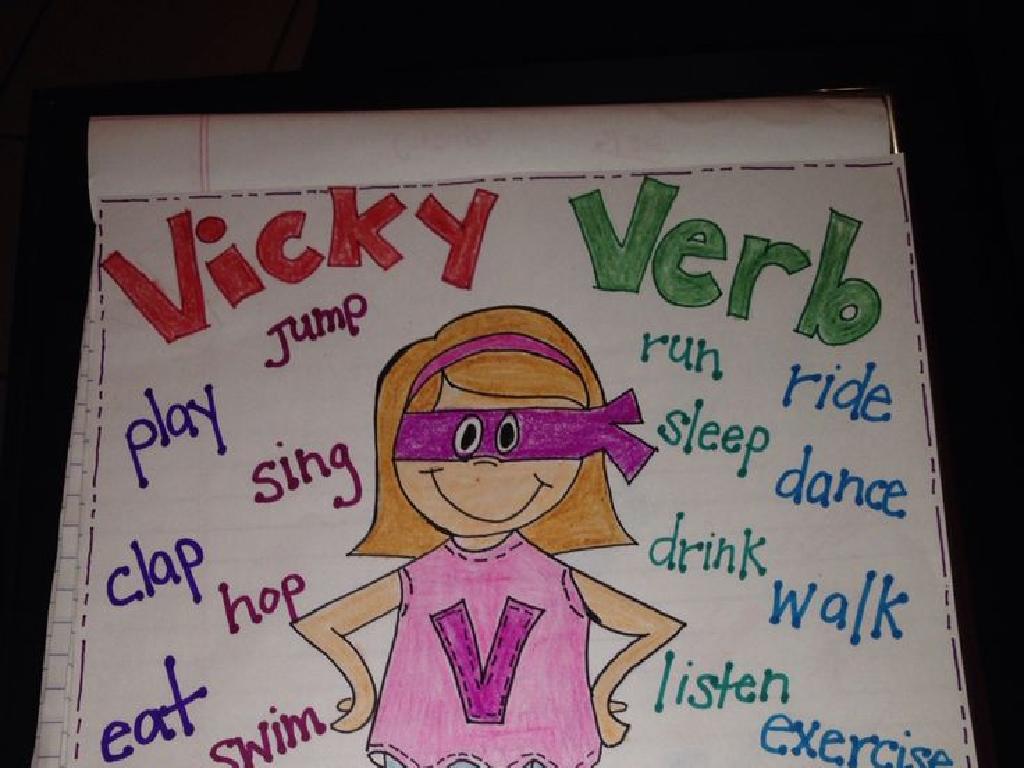Energy Transformation
Subject: Science
Grade: Fifth grade
Topic: Energy Transformation
Please LOG IN to download the presentation. Access is available to registered users only.
View More Content
Introduction to Energy Transformation
– What is energy?
– Energy is the ability to do work or cause change.
– Explore types of energy
– Kinetic (motion), potential (stored), thermal (heat), and more.
– How energy changes form
– Energy can change from one form to another.
– Examples of energy transformation
– A ball rolling downhill: potential to kinetic energy.
|
Begin the lesson by defining energy as the capacity to do work or cause change, which is a fundamental concept in science. Introduce the different types of energy, such as kinetic energy (energy of motion), potential energy (stored energy), and thermal energy (heat). Explain that energy transformation is the process of energy changing from one form to another. Use relatable examples, like a ball rolling downhill (potential energy transforming into kinetic energy), to help students visualize and understand the concept. Encourage students to think of other examples where they observe energy transformation in their daily lives.
Everyday Energy Transformations
– Eating breakfast energizes you
– Food’s chemical energy becomes kinetic energy for movement.
– Batteries power our devices
– Chemical energy in batteries turns into electrical energy.
– Plants perform photosynthesis
– Sunlight is converted to chemical energy in plants.
– Energy changes form around us
|
This slide aims to illustrate the concept of energy transformation through relatable daily activities. When we eat breakfast, the chemical energy stored in the food is transformed into kinetic energy that allows us to move and play. Batteries store chemical energy which is converted into electrical energy to run toys and gadgets. Photosynthesis is a process where plants transform light energy from the sun into chemical energy they can use. Understanding these examples helps students grasp how energy is never created or destroyed but is always changing from one form to another. Encourage students to think of other examples they experience in their daily lives.
The Law of Conservation of Energy
– Energy: Neither created nor destroyed
– Energy transformation, not creation
– Energy changes from one form to another, like electrical to light.
– Roller coasters and energy shifts
– Potential energy at the top, kinetic energy as it descends.
– Conservation law in daily life
– This principle is observed in nature and technology.
|
This slide introduces the fundamental concept of the Law of Conservation of Energy, which states that energy cannot be created or destroyed, only transformed from one form to another. Use the example of a roller coaster to illustrate this point: at the top of a hill, the coaster has maximum potential energy, which transforms into kinetic energy as it races down. Discuss how this principle applies to various real-life scenarios that the students encounter daily, such as eating food (chemical energy) to run and play (kinetic energy). Encourage students to think of other examples where they observe energy transformation in their lives.
Energy Transformation in Ecosystems
– Roles of producers, consumers, decomposers
– Producers make food, consumers eat it, decomposers break down waste.
– Understanding food chains
– A food chain shows how energy moves from one organism to another.
– Energy flow in ecosystems
– Energy is passed along as animals eat plants or other animals.
– Food webs and energy transformation
– Food webs show how food chains are interconnected and how energy is transferred.
|
This slide introduces the concept of energy transformation within ecosystems, focusing on the roles of producers (like plants), consumers (animals that eat plants or other animals), and decomposers (organisms that break down dead material). It’s crucial to explain that energy comes from the sun and is transformed into chemical energy by producers. This energy is then passed through the ecosystem via food chains, with some energy being lost as heat at each step. A food web is a more complex representation of how various food chains in an ecosystem are interconnected, showing the multiple paths through which energy can be transferred. Encourage students to think about local examples of producers, consumers, and decomposers, and how they might fit into a food chain or web.
Hands-On Experiment: Simple Circuit
– Gather materials for the circuit
– You’ll need a battery, wires, bulb, and bulb holder
– Follow the step-by-step guide
– Connect the battery to the bulb using wires
– Observe energy transformation
– Watch as electrical energy turns into light
– Discuss the changes observed
|
This slide is meant to guide students through a hands-on activity where they will create a simple electrical circuit to observe energy transformation. The materials needed include a battery, wires, a light bulb, and a bulb holder. Provide clear, step-by-step instructions on how to connect the battery to the bulb using the wires. Once the circuit is complete, students will be able to see the electrical energy from the battery being transformed into light energy by the bulb. Encourage students to discuss what they observe and think about other forms of energy transformation they experience in their daily lives. For the teacher: Prepare to assist students with the setup, ensure safety measures are followed, and facilitate a discussion post-experiment to solidify their understanding of energy transformation.
Class Activity: Energy Transformation Scavenger Hunt
– Understand the scavenger hunt rules
– Find items demonstrating energy change
– Look for a flashlight, batteries, or food
– List the energy transformations observed
– For example, a toaster transforms electrical energy to thermal energy
– Share discoveries with classmates
|
This activity is designed to help students recognize and understand energy transformation in everyday objects. Provide clear instructions for the scavenger hunt, emphasizing safety and respect for classroom items. Students should look for items that convert one form of energy to another, such as mechanical to electrical, chemical to thermal, or solar to electrical. Encourage them to think about how the energy changes form. After the hunt, facilitate a discussion where students can share and explain the energy transformations they found. This will reinforce their learning and allow them to see practical applications of the concept. Possible items for the scavenger hunt include a clock (mechanical to electrical), a battery (chemical to electrical), and a plant (solar to chemical).
Wrapping Up: Energy Transformation
– Recap key energy transformation points
– Remember how energy changes from one form to another, like potential to kinetic.
– Discuss why energy matters
– Understanding energy helps us conserve it and use it wisely.
– Engage in a Q&A session
– Think of questions about how energy transforms in everyday life.
– Reflect on what we’ve learned
|
As we conclude, review the main points about energy transformation, emphasizing how energy can change from one form to another, such as from potential energy when an object is at rest to kinetic energy when it’s in motion. Highlight the importance of understanding energy to make informed decisions about conservation and sustainability. Encourage students to ask questions they may have about energy transformation, providing a space for curiosity and clarification. Use this time to assess student comprehension and to reinforce key concepts. Reflect on the various examples discussed in class, and ask students to think about how energy transformation occurs in their daily lives.

